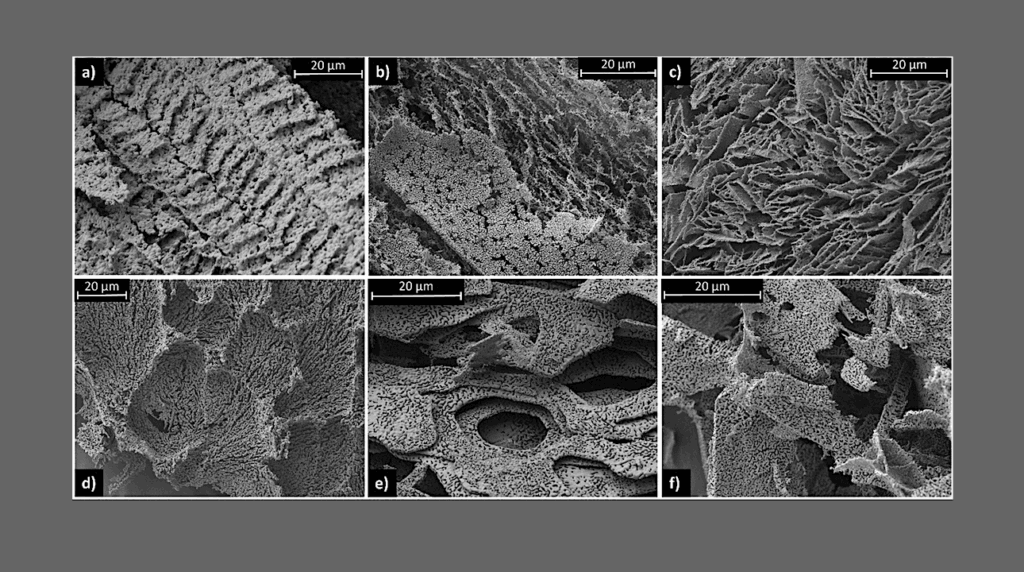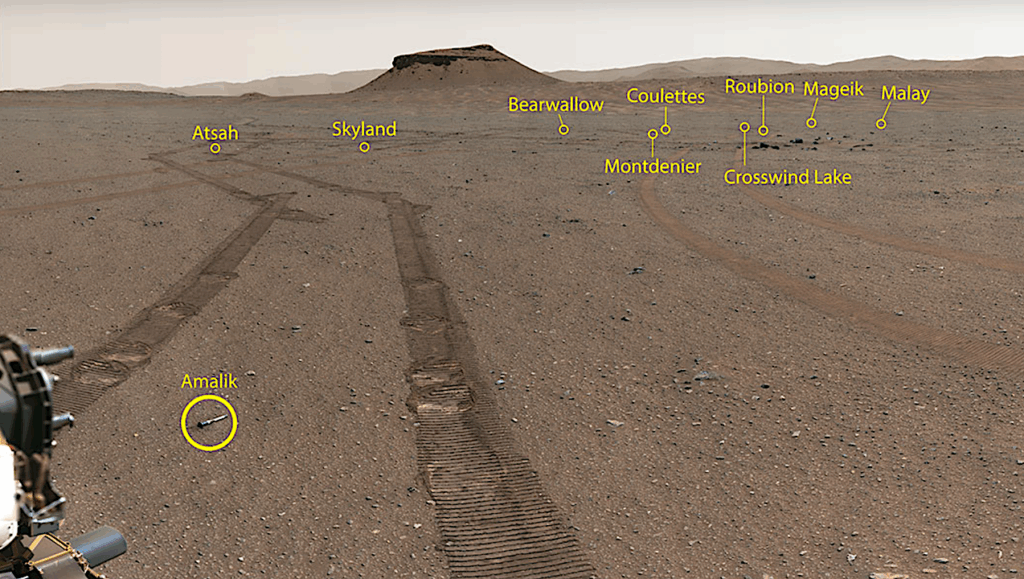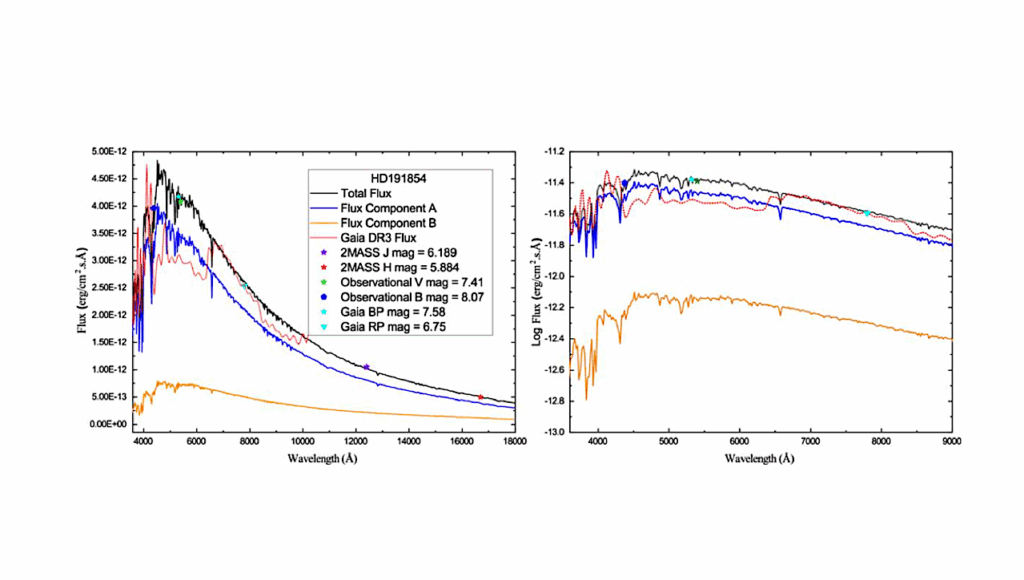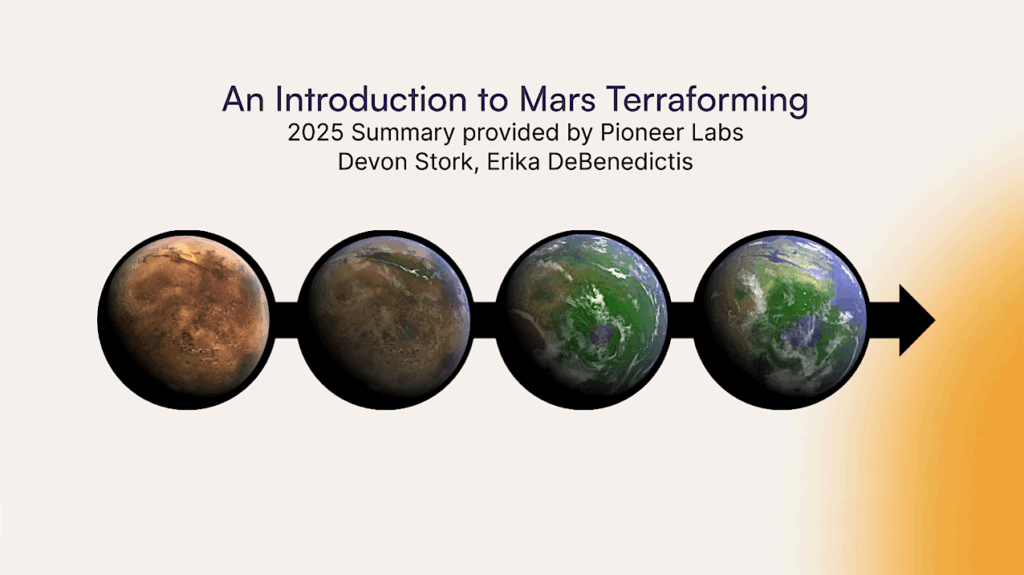Near Real-time Precipitable Water Vapour Monitoring For Correcting Near-infrared Observations Using Satellite Remote Sensing

In the search for small exoplanets orbiting cool stars whose spectral energy distributions peak in the near infrared, the strong absorption of radiation in this region due to water vapour in the atmosphere is a particularly adverse effect for the ground-based observations of cool stars.
To achieve the photometric precision required to detect exoplanets in the near infrared, it is necessary to mitigate the impact of variable precipitable water vapour (PWV) on radial-velocity and photometric measurements. The aim is to enable global PWV correction by monitoring the amount of precipitable water vapour at zenith and along the line of sight of any visible target.
We developed an open source Python package that uses Geostationary Operational Environmental Satellites (GOES) imagery data, which provides temperature and relative humidity at different pressure levels to compute near real-time PWV above any ground-based observatory covered by GOES every 5 minutes or 10 minutes depending on the location. We computed PWV values on selected days above Cerro Paranal (Chile) and San Pedro Mártir (Mexico) to benchmark the procedure.
We also simulated different pointing at test targets as observed from the sites to compute the PWV along the line of sight. To asses the accuracy of our method, we compared our results with the on-site radiometer measurements obtained from Cerro Paranal. Our results show that our publicly-available code proves to be a good supporting tool for measuring the local PWV for any ground-based facility within the GOES coverage, which will help in reducing correlated noise contributions in near-infrared ground-based observations that do not benefit from on-site PWV measurements.
E.A. Meier Valdés, B.M. Morris, B.-O. Demory
Comments: 11 pages, 9 figures, accepted for publication on A&A
Subjects: Instrumentation and Methods for Astrophysics (astro-ph.IM); Earth and Planetary Astrophysics (astro-ph.EP)
Cite as: arXiv:2103.05326 [astro-ph.IM] (or arXiv:2103.05326v1 [astro-ph.IM] for this version)
Submission history
From: Erik Andreas Meier Valdés
[v1] Tue, 9 Mar 2021 10:15:50 UTC (1,498 KB)
https://arxiv.org/abs/2103.05326
Astrobiology,








